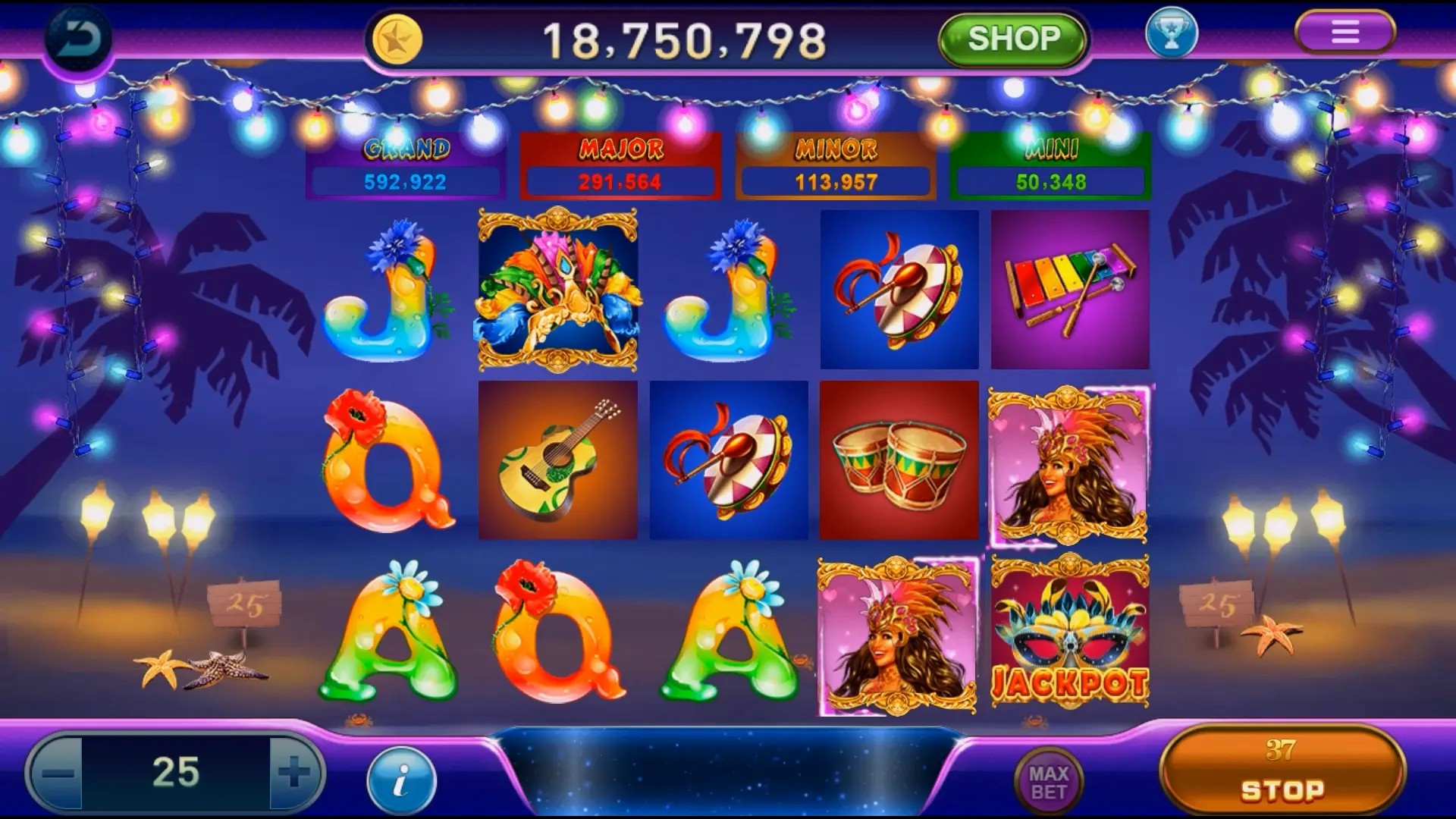MMORPGs Are Shifting to the Browser
The way we play online RPGs is changing fast. Not too long ago, players needed beefy PCs and big downloads to jump into immersive fantasy worlds. But today? Just open a tab. That’s it. HTML5 games are quietly reshaping the landscape—especially for MMORPG lovers who want seamless, instant access. These browser-based titles no longer mean “janky" or “low quality." Instead, they're fluid, visually appealing, and surprisingly deep.
You’re not alone if you still associate flash games with clunky side-scrollers. But HTML5 isn’t Flash. It supports rich animations, multiplayer sync, and real-time physics—perfect for RPG mechanics. Even bigger names are dipping toes into this realm. Why? Lower entry barriers mean broader player bases. And that means bigger economies, richer ecosystems, and yes—stronger communities. The line between client-heavy MMORPGs and browser RPGs is thinning faster than you’d think.
Why HTML5 Changes the Game
Let’s talk HTML5 games directly. The tech isn’t revolutionary because it's flashy. It matters because it's everywhere. Phones, laptops, tablets—it doesn’t matter. If it’s got a browser, it can probably run it. This cross-device capability is a huge advantage for MMORPG devs trying to scale fast. Plus, there's no download or installation. Players hit "Play" and are inside the world in under 10 seconds.
Besides accessibility, there’s another perk: live updates. No patch days. No waiting. Servers can push fixes instantly. Imagine fixing a broken boss fight overnight—without asking millions to reinstall a gigabyte update. This agility lets HTML5 MMORPGs stay fresher, react faster, and build momentum quicker than traditional games.
No Downloads, Just Deep Worlds
We’ve all been there—trying to launch a new MMORPG but it demands 50GB+ storage. Not exactly casual friendly. That’s the hurdle HTML5-powered browser games skip entirely. Take mobile inspiration for a second: games like *Clash of Clans* show that simple entry doesn’t mean shallow gameplay. Think about **Clash of Clans builder base level 8 best defense**—still a hot search years after release. It reflects how deeply people care about strategy, even in "light" games.
Why’s that relevant to MMORPGs? Because it shows a shift in behavior. Gamers no longer judge depth solely by system requirements. Smart mechanics, social layers, and strategic customization? These matter more now. An HTML5 RPG doesn’t need a 24-hour grind to feel epic. Just give players agency—and let them log in anywhere, anytime.
- Instant access lowers entry resistance
- No mandatory updates annoy players
- Built-in social hooks drive retention
- Lightspeed cross-platform syncing
- Low-end devices become viable clients
Nostalgia Meets Accessibility: Super Mario RPG Vibes?
You might be asking: “Can a browser game really feel like my favorite console RPGs?" Consider this: there’s endless searches for “super mario rpg game download"—not because people still hunt floppy disks, but because they want the same kind of charm and tight storytelling.
HTML5 doesn’t limit creativity—it just shifts delivery. Imagine a pixel-style RPG where you team up with others in real-time dungeons—all in your browser. No install, no piracy risks, just smooth pixel combat and clever puzzles. That blend? Nostalgia-friendly mechanics meeting modern web infrastructure. Developers aren’t cloning *Mario RPGs*, but they're stealing the good parts: character depth, progression arcs, and world-building with heart.
The tech supports it. Audio APIs, canvas rendering, websocket sync for chat and combat—all baked into HTML5. The missing piece? Belief. We need to stop seeing “browser" as synonymous with “simplistic." It’s just another vessel.
Data Snapshot: How MMORPGs Compare
| Feature | Traditional MMORPG | HTML5-Based RPG |
|---|---|---|
| Installation Needed? | Yes (15GB–80GB) | No |
| Cross-Platform Sync | Rare or clunky | Natural |
| Load Time | 1–5 minutes | Under 10 seconds |
| Live Patching | No, full updates | Real-time changes |
| Device Compatibility | High-end PCs mostly | Phones, tablets, cheap laptops |
The shift here isn't subtle. It favors agility over raw power. Sure, you may not get cinematic 8K visuals—yet. But you gain play sessions during coffee breaks, zero storage stress, and instant multiplayer action.
What’s Next? Convergence
If we zoom out, the trend’s clear: gaming is converging. The lines between mobile, browser, client-server, and cloud gaming keep blurring. A true future MMORPG might not be “on" anything—it just exists, floating between devices, always syncing, always accessible. HTML5’s role here is critical. It's not just a tool for indie devs anymore—it's a scaffold for the next evolution of RPGs.
In five years? Expect more hybrid experiences. Play a dungeon raid on your laptop at night. Pick up mid-battle on your phone while waiting for the bus. Have your progress reflect—immediately—no waiting. That dream isn't far. HTML5’s architecture is quietly making it possible.
Key Points to Remember
• HTML5 enables true cross-device RPGs—no extra setup.
• Browser-based does NOT mean low content—MMORPGs can still feel epic.
• Games like Clash of Clans builder base level 8 best defense strategies hint at how deep light-touch gameplay can get.
• Retro appeal (e.g., super mario rpg game download) shows players want story and soul, not just pixels.
• Instant load, live updates, and minimal storage are winning points for modern gamers.
Conclusion
The future of MMORPGs might not come on a disc—or even a 60GB Steam download. It’s arriving in your browser tab. Fast, light, clever. Fueled by HTML5 games, it's more about access than spectacle. It’s where old-school RPG love meets next-gen convenience. Whether it's replicating the charm of retro role-plays or offering real strategic depth like in popular tower setups, the potential is clear. This isn’t a downgrade. It’s an evolution—quiet, unbothered, and already here for the playing.



